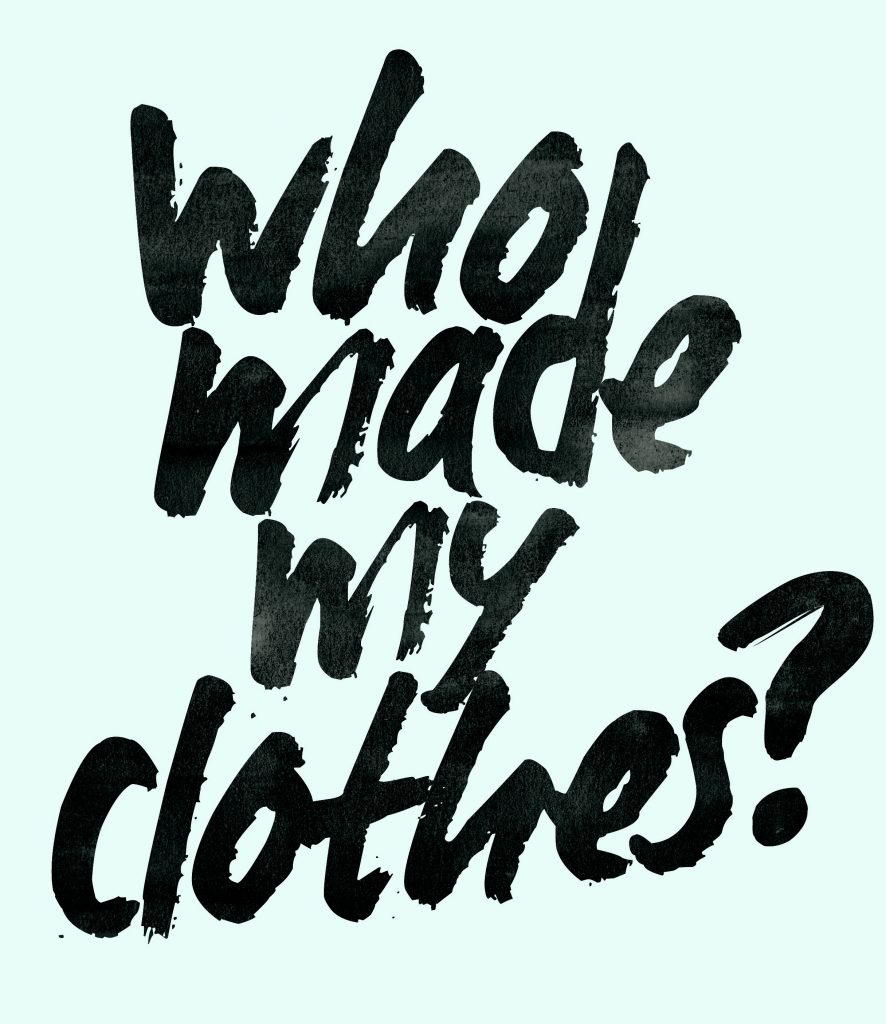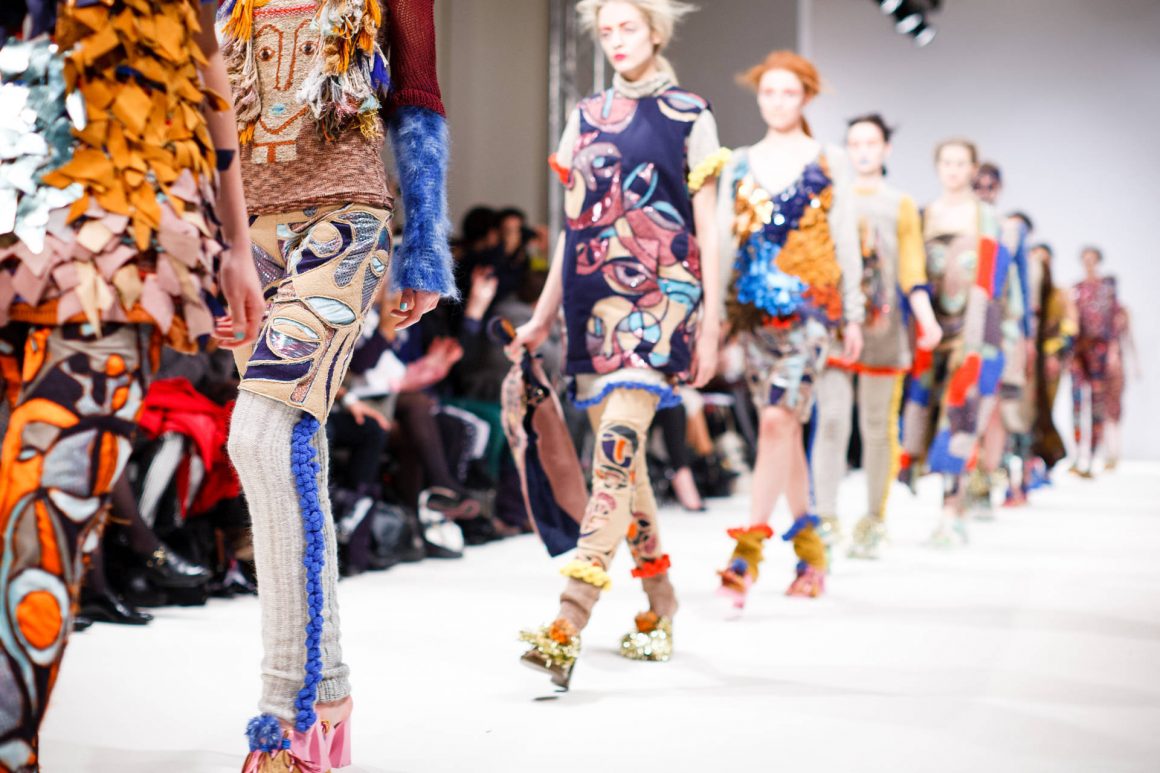This week has been life-changing for me. I attended a series of events organized by Fashion Revolution in Singapore, a global organization originated after the collapse of Rana Plaza building in Dhaka, Bangladesh on 24th April 2013. That day 1,138 garment workers died and over 2,000 were injured due to the poor conditions of the building they were working in. They were working for suppliers of fast fashion clothing.
Since then, Fashion Revolution has been working very hard to increase awareness on the topic and make consumers ask who made our clothes.
What are the working conditions of the people who make our clothes? How do our consumption habits affect our lives and what is the impact on the planet? If you are interested on the topic, I highly recommend to watch the incredibly well documented movie True Cost, directed by Andrew Morgan, a film director who has made it his purpose in life to create pieces of work raising awareness on human rights around the world. The True Cost movie is now available on Netflix.
Fashion is the second most polluting industry in the world, after the Oil industry.
(Update: a recent research by Alden Wicker, the talented author of Eco Cult, points out that Fashion is in fact the 5th most polluting industry in the world. Equal to Livestock).
This was mind-blowing for me. On the one side, millions of garment workers don’t earn minimum wages and/or work under very poor conditions. On the other side, the fast fashion industry does not look after the environment on their production practices. The problem is quite complex, as it affects us globally.
The main factors affecting the environment in the Fashion industry are the following:
- Use of Water: 20% of water pollution globally is caused by textile processing (9 trillion liters) making the Fashion industry the Nº1 water polluter. Manufacturing a pair of jeans requires about 6,800 liters of water. What!?!
- Use of Chemicals: more than 8,000 chemicals are used in textile processing, including metal-rich dyes and fixing agents (needed to make the color last in the fabric after we wash it), bleaches (to make crisp white color clothes), solvents and detergents. Garments can have up to 23% of their weight being synthetic chemicals. Even in some cases the OSHA (Occupational Safety and Health Administration requires textile scraps to be handled as hazardous waste.
- Use of Energy: there is a general low efficient use of energy on manufacturing procedures. Producing 23 meters of nylon fabric (about enough for a sofa) takes 3,886 Mj of energy. To get an idea of how much that is think that driving a Lamborghini from Singapore to Kuala Lumpur at regular speed takes about 2,250 Mj. Now think about how much nylon and other fabrics fast-fashion factories produce to meet the demand of the population.

I love fashion. Consuming fashion without thinking much about its true cost is something I did often. Spending a lot of money in clothes I didn’t really need was a weekly activity for me. And ending up not wearing most of those clothes was quite normal.
I would maybe wear a piece once or twice and decide I didn’t like the fit of it, or got tired of it. Then I would give it to someone or it would end up in the charity pile. This of course would happen with the cheaper pieces. I would think more thoroughly when buying something of higher quality.
I have always had appreciation for quality fabrics, nicely fitting garments and made by hand fashion. As long as I could afford it, I would quite happily invest in higher quality pieces. I would check the label, see where the clothes were made, and would be quite happy if I read a European country on the label. Just because that would also mean that the people who made that piece were paid fairly and working in good conditions. Or at least I want to believe that.
Now my curiosity goes further. I want to know where the fabrics are sourced. How they are dyed, if they use hazardous chemicals. If the company cares about the impact they are making in the environment. And I want to make better purchasing choices. I don’t want my choices to contribute to harm other people or our planet.
Do you want to know more? Here is a post I made with some tips to shop more consciously.
In the meanwhile, You can start by checking out the website of Fashion Revolution and just get curious. Ask the brands who made your clothes.




Leave a Reply
You must be logged in to post a comment.